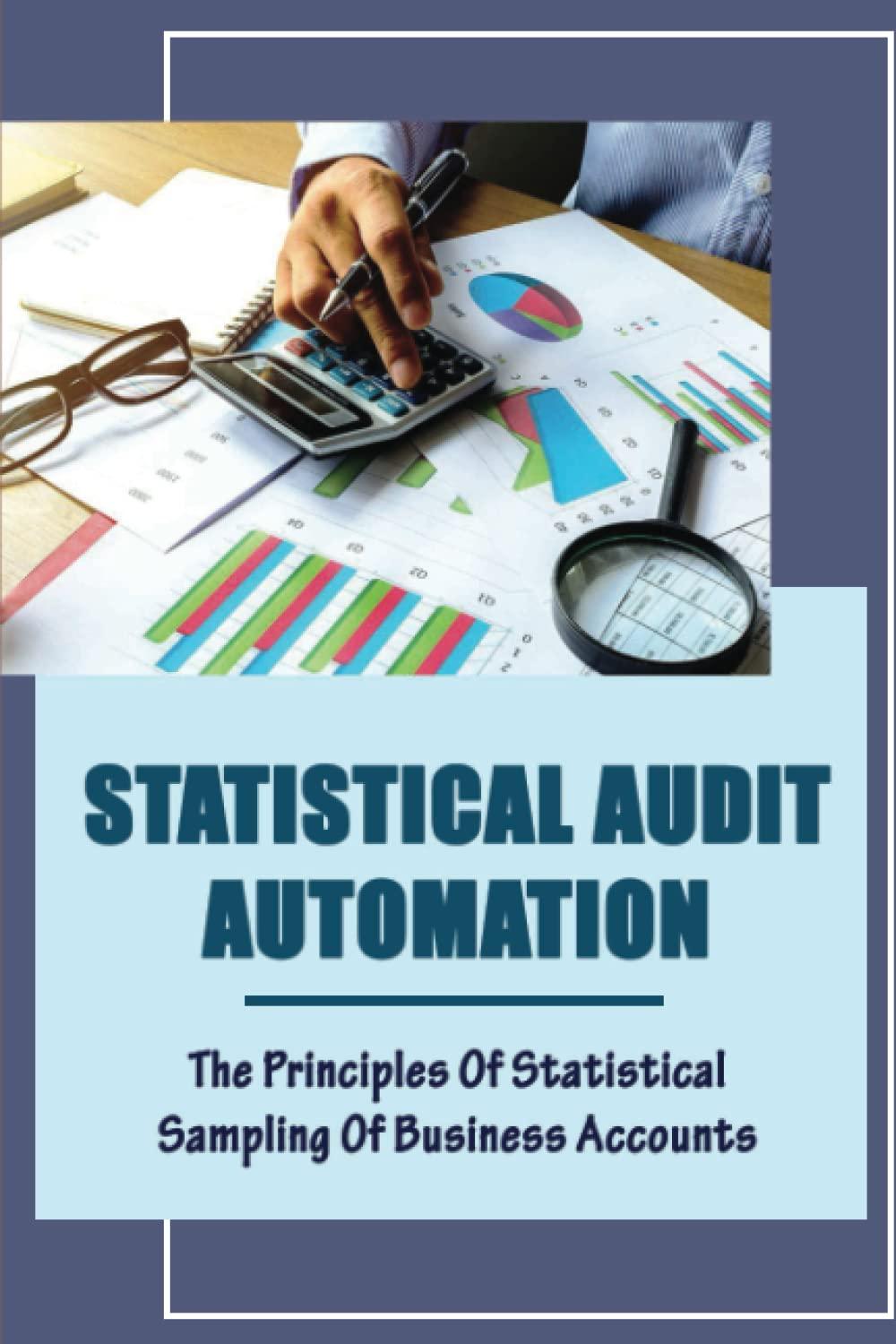White Diamond Flour Company manufactures flour by a series of three processes, beginning with wheat grain being introduced in the Milling Department. From the Milling Department, the materials pass through the Sifting and Packaging departments, emerging as packaged refined flour.
The balance in the account Work in Process-Sifting Department was as follows on July 1:
| Work in Process-Sifting Department (750 units, 3/5 completed): |
| Direct materials (750 $2.25) | $1,688 |
| Conversion (750 3/5 $0.40) | 180 |
| | $1,868 |
The following costs were charged to Work in Process-Sifting Department during July:
| Direct materials transferred from Milling Department: |
| 16,400 units at $2.35 a unit | $38,540 |
| Direct labor | 4,480 |
| Factory overhead | 2,936 |
During July, 16,050 units of flour were completed. Work in Process-Sifting Department on July 31 was 1,100 units,  completed.
completed.
| | Required: |
| 1. | Prepare a cost of production report for the Sifting Department for July. If required, round your cost per equivalent unit answers to two decimal places. If an amount is zero, enter zero 0. |
| 2. | Journalize the entries for costs transferred from Milling to Sifting and the costs transferred from Sifting to Packaging. Refer to the Chart of Accounts for correct wording of account titles. |
| 3. | Determine the increase or decrease in the cost per equivalent unit from June to July for direct materials and conversion costs. If required, round your answers to two decimal places. |
| 4. | Discuss the uses of the cost of production report and the results of part (3). |





WHITE DIAMOND FLOUR COMPANY Cost of Production Report-Sifting Department For the Month Ended July 31 Equivalent Units UNITS Whole Units Direct Materials Conversion Units charged to production: Inventory in process, July 1 750 Received from Milling Department 16,400 Total units accounted for by the Sifting Department 17,150 Units to be assigned costs: Inventory in process, July 1 (3/5 completed) L 750 300 Started and completed in July 15,300 15,300 15,300 Transferred to Packaging Department in July 16,050 16,050 16,050 Inventory in process, July 31 (4/5 completed) 1,100 1,100 880 Total units to be assigned costs 17,150 16,400 16,480 Costs COSTS Direct Materials Conversion Total Cost per equivalent unit: Total costs for July in Sifting Department $38,540 $7,416 Total equivalent units 16,400 - 16,480 Cost per equivalent unit $2.35 $0.45 Costs assigned to production: Inventory in process, July 1 $1,868 Costs incurred in July 45,956 Total costs accounted for by the Sifting Department $47,824 Cost allocated to completed and partially completed units: Inventory in process, July 1 balance $1,868 To complete inventory in process, July 1 Cost of completed July 1 work in process $2,003 Started and completed in July 35,955 6,885 42,840 Transferred to Packaging Department in July $44,843 Inventory in process, July 31 2,585 396 2,981 Total costs assigned by the Sifting Department $47,824 JOURNAL ACCOUNTING EQUATION DATE DESCRIPTION POST. REF. DEBIT CREDIT ASSETS LIABILITIES EQUITY Jul. 1 Work in Process-Sifting Department 33,755.00 33,755.00 Work in Process-Milling Department Factory Overhead-Packaging Department Work in Process-Sifting Department 40,183.00 40,183.00 3. Determine the increase or decrease in the cost per equivalent unit from June to July for direct materials and conversion costs. If required, round your answers to two decimal places. Direct materials: Conversion: and 4. The cost of production report may be used as the basis for allocating product costs between . The report can also be used to control costs by holding each department head responsible for the units entering production and the costs incurred in the department. Any differences in unit product costs from one month to another, such as those in part (3), can be studied carefully and any significant differences investigated. WHITE DIAMOND FLOUR COMPANY Cost of Production Report-Sifting Department For the Month Ended July 31 Equivalent Units UNITS Whole Units Direct Materials Conversion Units charged to production: Inventory in process, July 1 750 Received from Milling Department 16,400 Total units accounted for by the Sifting Department 17,150 Units to be assigned costs: Inventory in process, July 1 (3/5 completed) L 750 300 Started and completed in July 15,300 15,300 15,300 Transferred to Packaging Department in July 16,050 16,050 16,050 Inventory in process, July 31 (4/5 completed) 1,100 1,100 880 Total units to be assigned costs 17,150 16,400 16,480 Costs COSTS Direct Materials Conversion Total Cost per equivalent unit: Total costs for July in Sifting Department $38,540 $7,416 Total equivalent units 16,400 - 16,480 Cost per equivalent unit $2.35 $0.45 Costs assigned to production: Inventory in process, July 1 $1,868 Costs incurred in July 45,956 Total costs accounted for by the Sifting Department $47,824 Cost allocated to completed and partially completed units: Inventory in process, July 1 balance $1,868 To complete inventory in process, July 1 Cost of completed July 1 work in process $2,003 Started and completed in July 35,955 6,885 42,840 Transferred to Packaging Department in July $44,843 Inventory in process, July 31 2,585 396 2,981 Total costs assigned by the Sifting Department $47,824 JOURNAL ACCOUNTING EQUATION DATE DESCRIPTION POST. REF. DEBIT CREDIT ASSETS LIABILITIES EQUITY Jul. 1 Work in Process-Sifting Department 33,755.00 33,755.00 Work in Process-Milling Department Factory Overhead-Packaging Department Work in Process-Sifting Department 40,183.00 40,183.00 3. Determine the increase or decrease in the cost per equivalent unit from June to July for direct materials and conversion costs. If required, round your answers to two decimal places. Direct materials: Conversion: and 4. The cost of production report may be used as the basis for allocating product costs between . The report can also be used to control costs by holding each department head responsible for the units entering production and the costs incurred in the department. Any differences in unit product costs from one month to another, such as those in part (3), can be studied carefully and any significant differences investigated
 completed.
completed.










